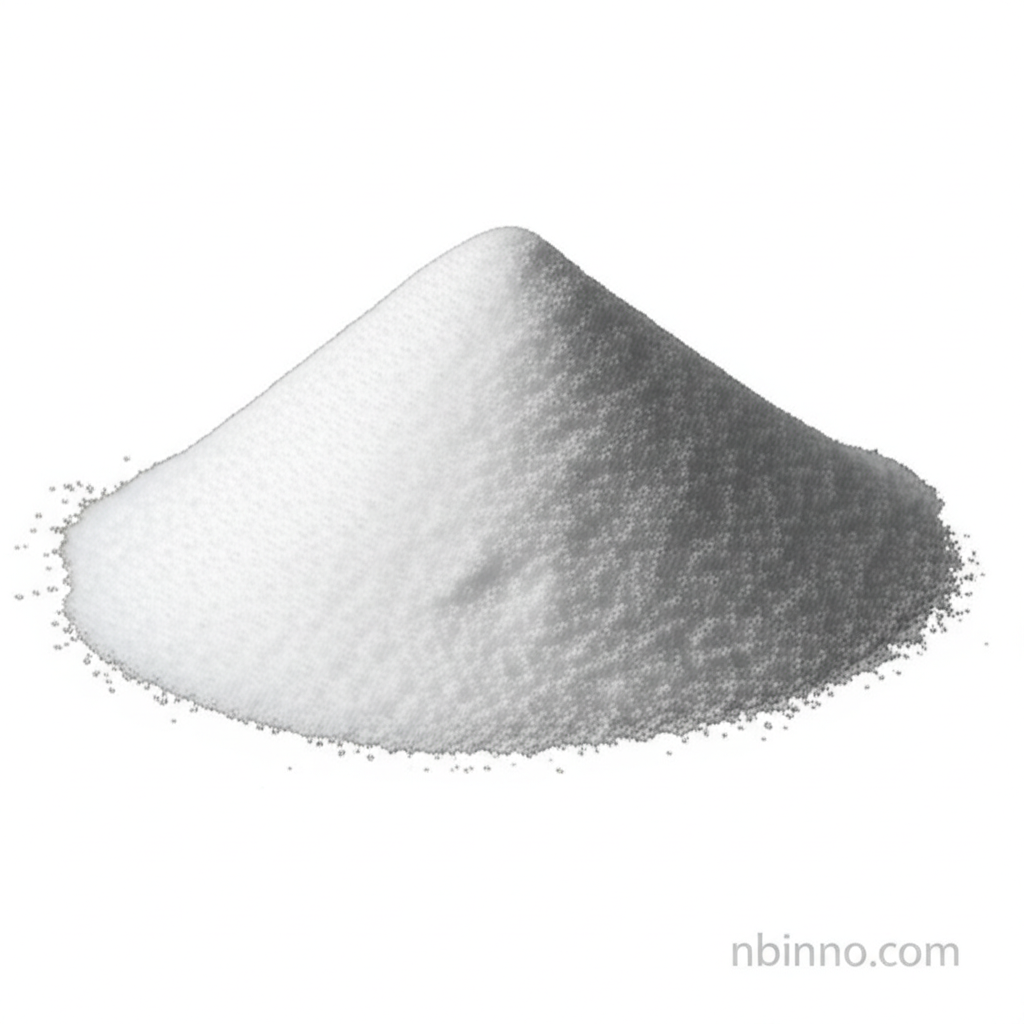Tetraphenylphosphonium Bromide: A Versatile Catalyst for Organic Synthesis and Beyond
Unlock enhanced reaction efficiencies with a key reagent in advanced chemical processes.
Get a Quote & SampleProduct Core Value

Tetraphenylphosphonium Bromide
This high-purity phosphonium salt is instrumental in facilitating chemical reactions, particularly as a phase transfer catalyst in organic synthesis. Its unique structure ensures excellent solubility in organic solvents, making it highly effective in non-polar reaction environments. Researchers leverage its properties to improve yields and accelerate reaction rates in complex chemical transformations.
- Discover the power of tetraphenylphosphonium bromide in organic synthesis, enabling more efficient and controlled chemical reactions.
- Explore its critical role as a phase transfer catalyst, bridging the gap between immiscible reactants for smoother syntheses.
- Understand how tetraphenylphosphonium bromide is applied in electrochemistry, contributing to advancements in new material development.
- Learn about the diverse uses of tetraphenylphosphonium bromide in pharmaceutical applications, enhancing drug development processes.
Key Advantages
Enhanced Reaction Efficiency
As a potent phase transfer catalyst, it significantly boosts reaction speeds and yields in various organic transformations.
Versatile Application Spectrum
Its utility spans from organic synthesis to critical roles in electrochemistry and pharmaceutical research.
Superior Solubility Characteristics
The compound's high solubility in organic solvents makes it an ideal choice for reactions requiring a non-polar reaction medium.
Key Applications
Organic Synthesis
Crucial for accelerating reactions by facilitating the transfer of ions between phases, making organic synthesis more efficient.
Electrochemistry
Supports electrode processes and aids in the development of new materials for electrochemical devices, highlighting its role in electrochemistry.
Pharmaceutical Development
Aids in drug formulation and synthesis, contributing to advancements in pharmaceutical applications and research.
Material Science
Utilized in the synthesis of phosphonium-based polymers and other advanced materials, showcasing its value in material science.
